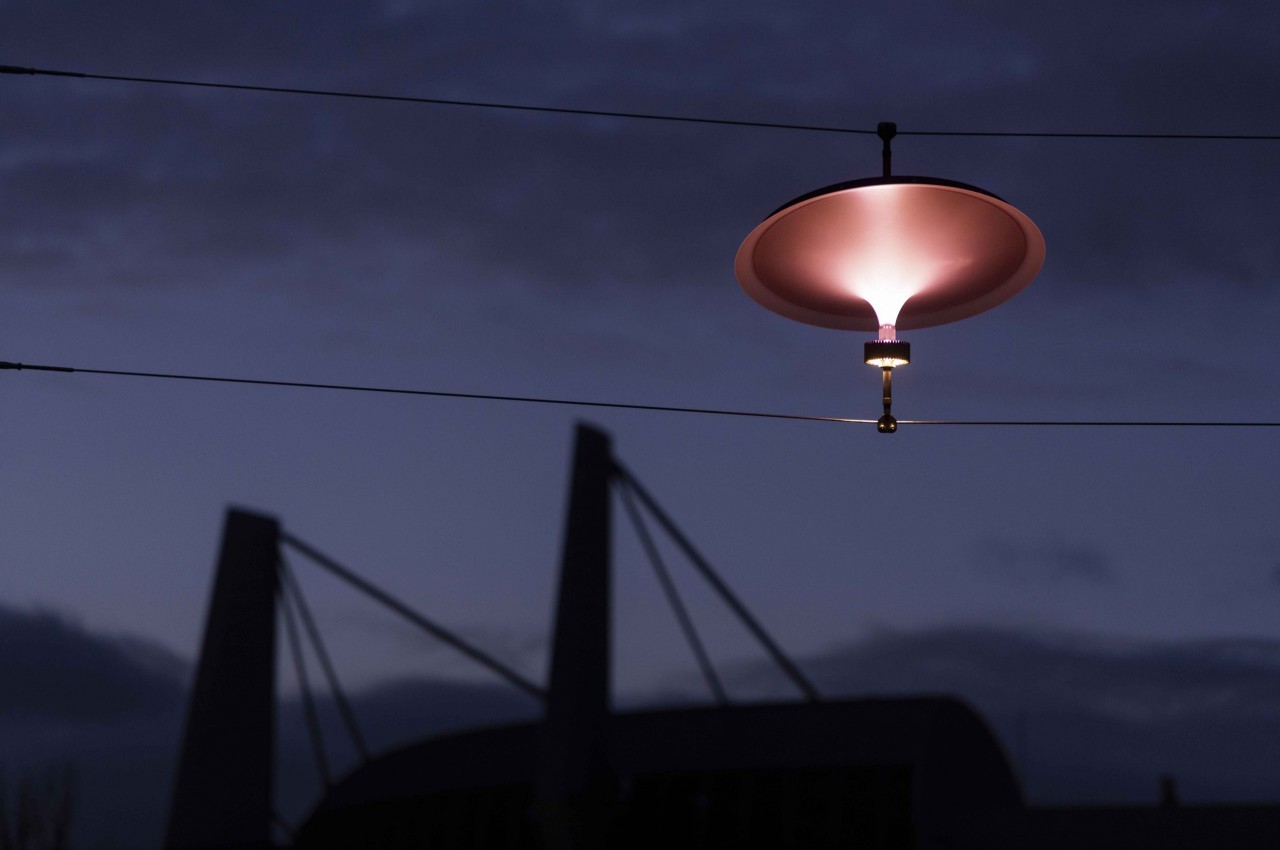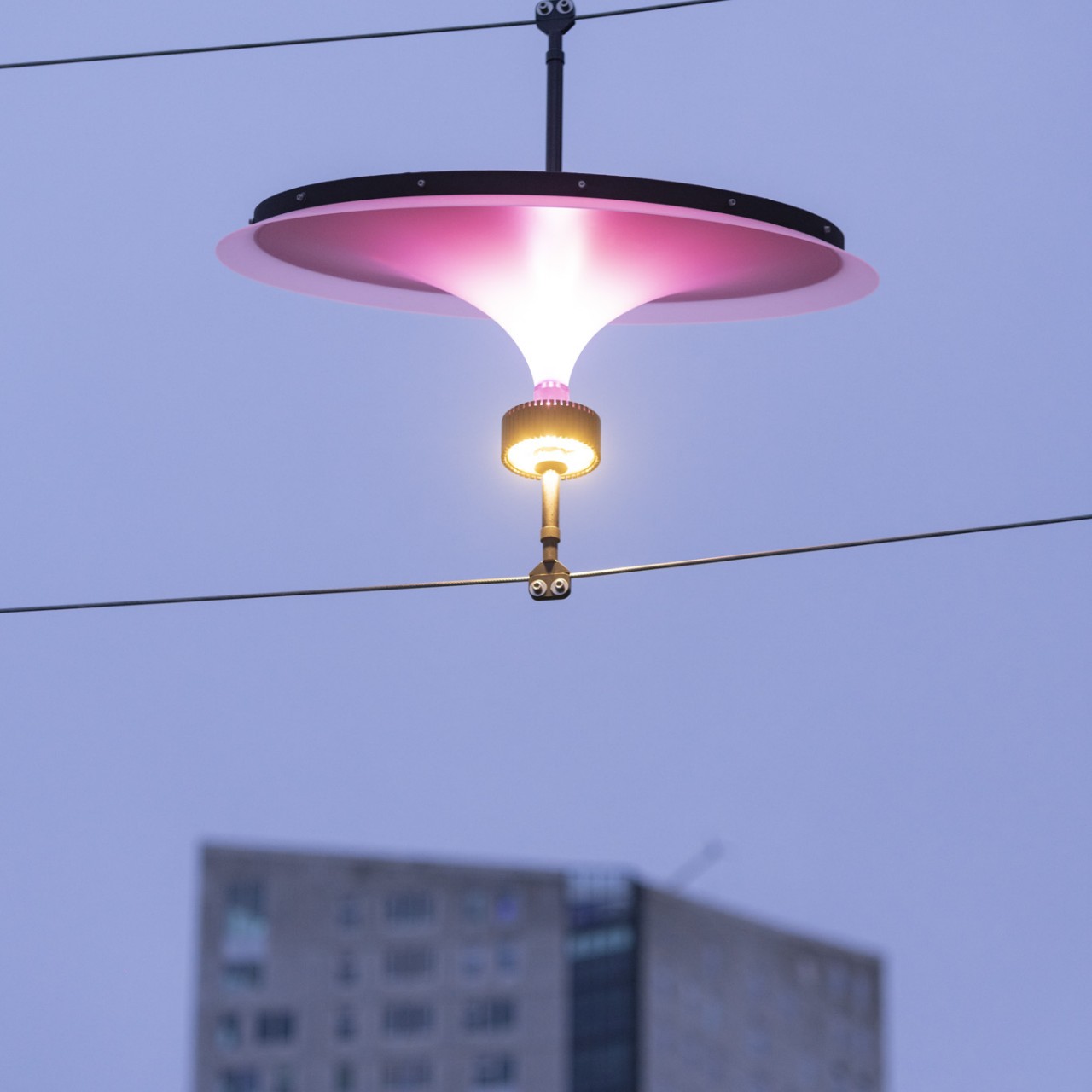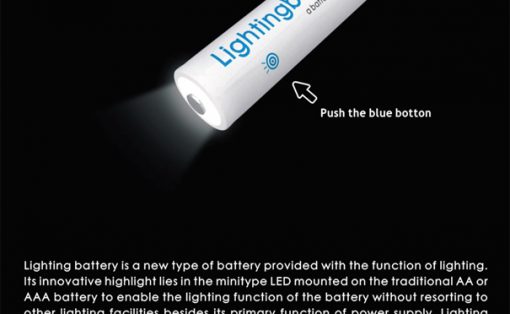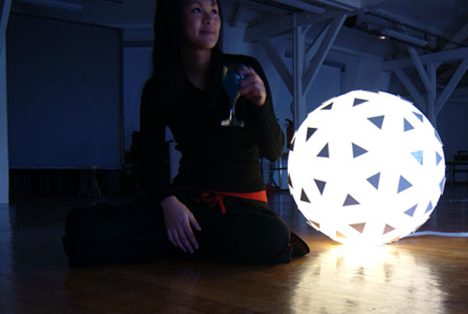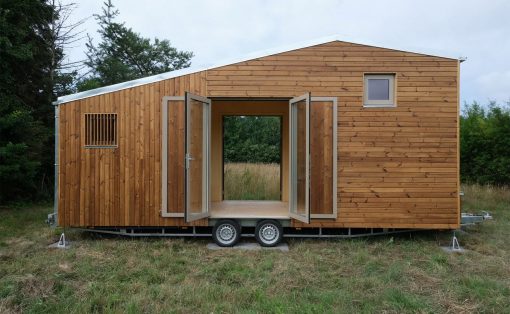We see plenty of solar-powered products today, ranging from simple lamps to complicated electronics. But despite the sustainability benefits these offer, there’s no escaping the fact that they do need to soak up the rays to actually work. That’s not much of a problem if the devices have large batteries that can be used when the sun is out, but not so much for smaller objects that have to be smarter in how they get some sunlight. The sun, unfortunately, never stays still, and other atmospheric conditions could make an area less exposed from time to time. To help alleviate that problem, this design concept for solar-powered street lamps takes inspiration from Mother Nature in order to seek out the sun where it shines the brightest.
Designer: VANTOT
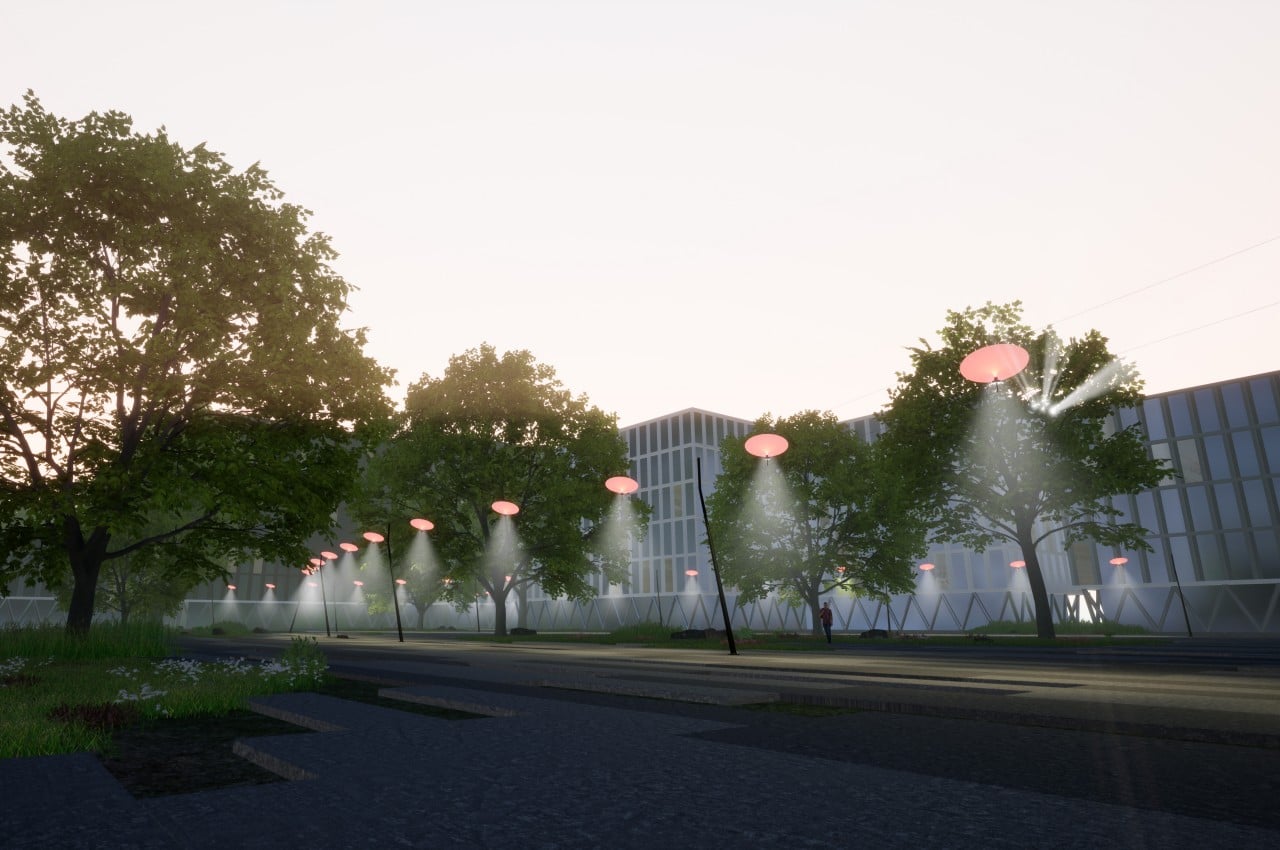
When people talk about street lights, most will probably imagine lamps on top of posts. These lighting fixtures are designed to be stationary in order to be reliable landmarks as well as to make them more convenient to reach and maintain. That restriction, however, might pose a problem for solar-powered street lamps because they will always be at the mercy of the sun’s location. When clouds cast shadows or buildings rise to block the sun, these lamps might lose their one and only source of power.
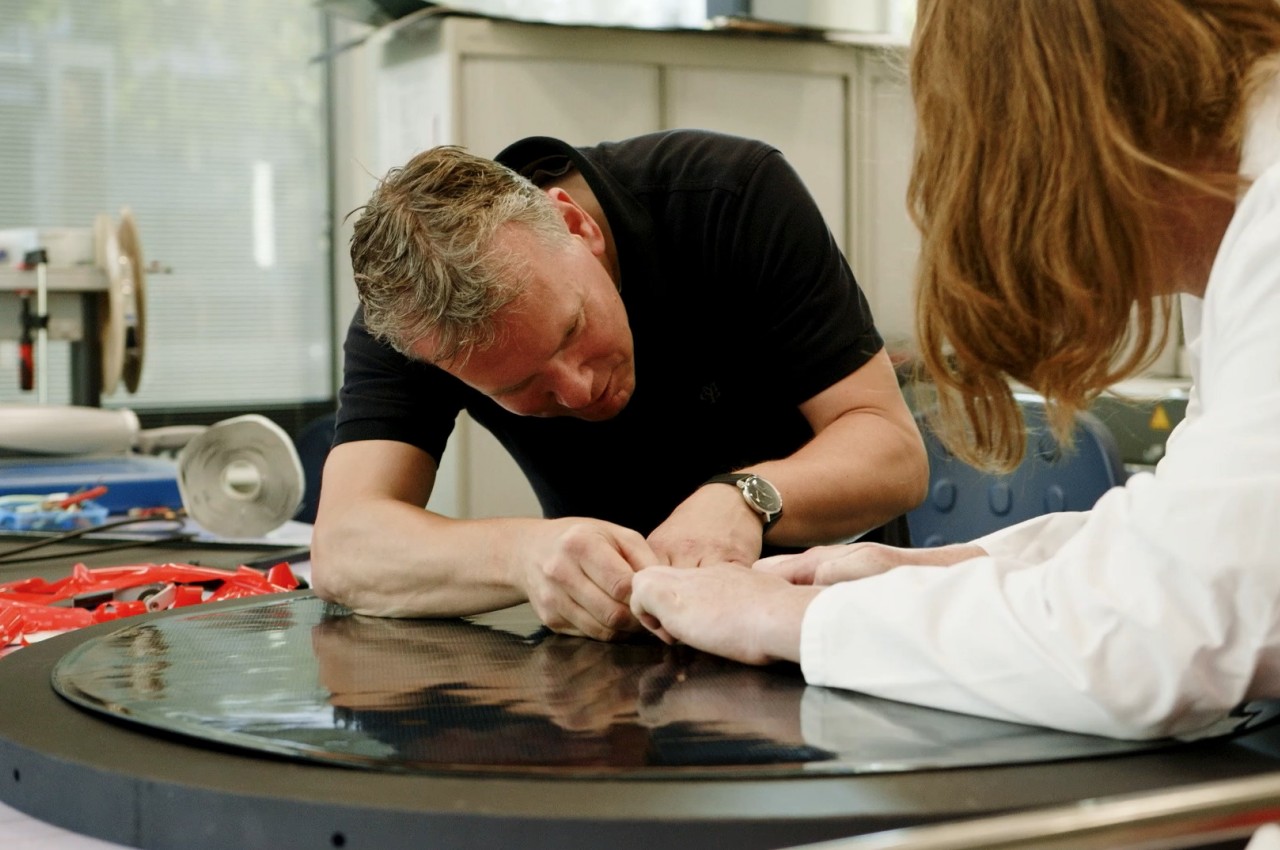
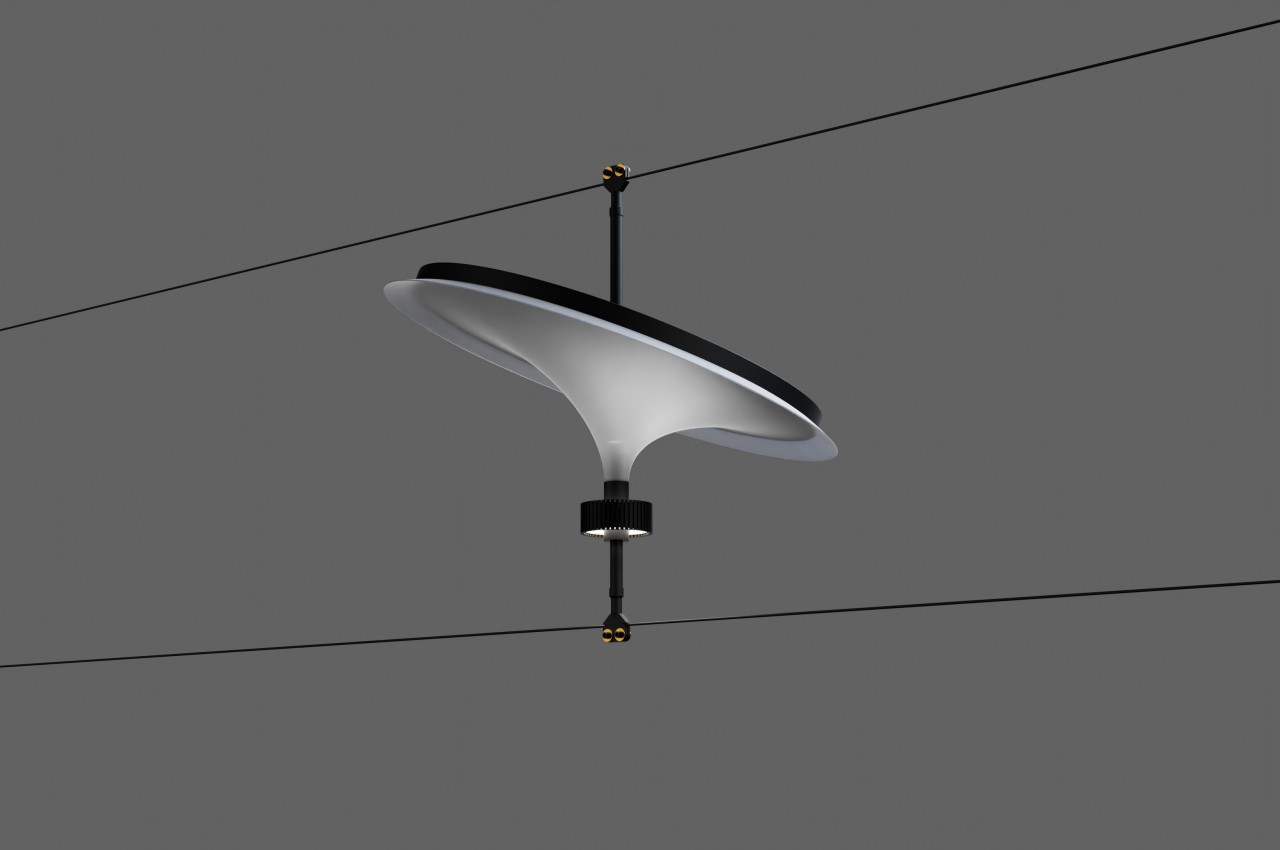
The Sunseeker is an experimental solution to that problem that uproots street lights and sets them on a chain rather than on a post. This frees the hanging lights from staying in one spot and lets them move freely along the chain. It might be a strange capability, but it makes sense when you consider that the light sensors on each lamp actually detect where sunlight shines strongest and then move or turn the lamp’s solar panel to face that direction.
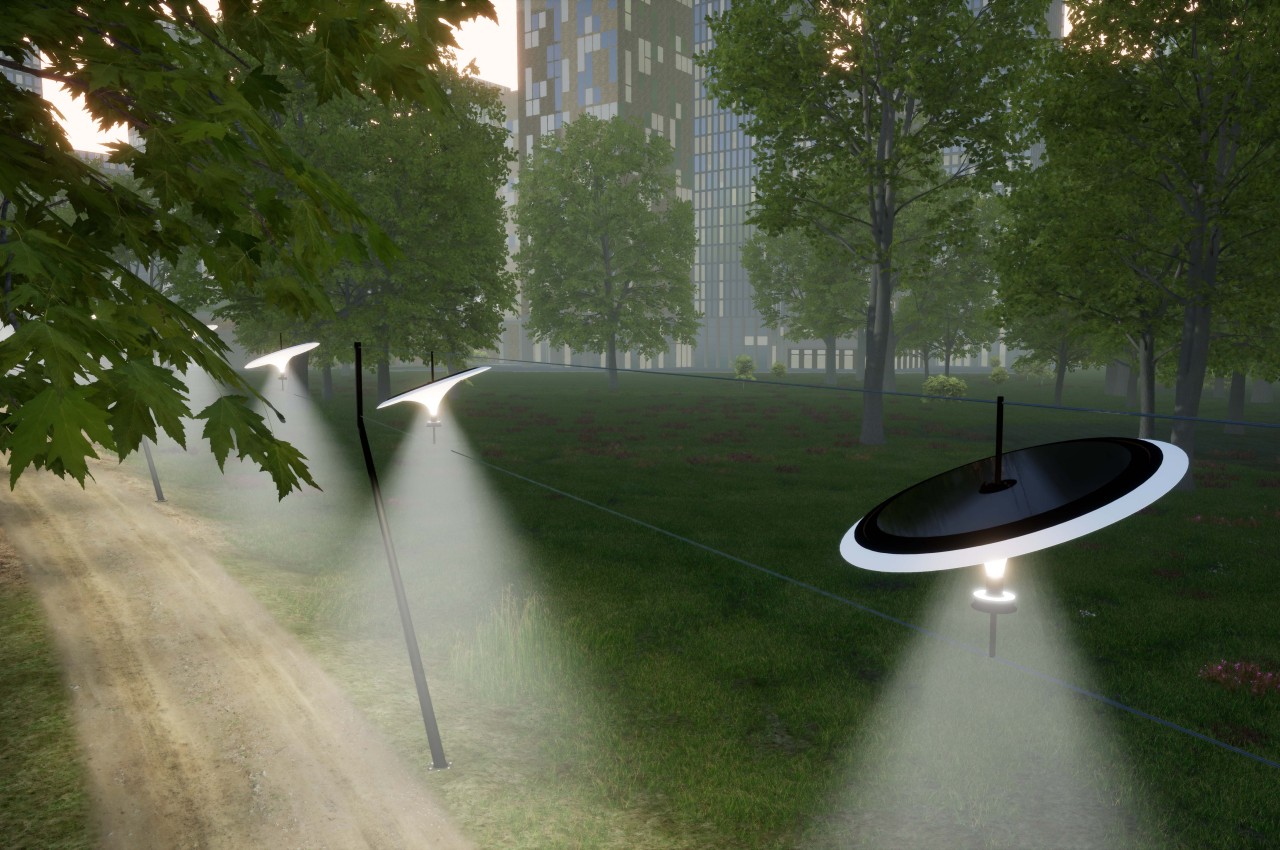
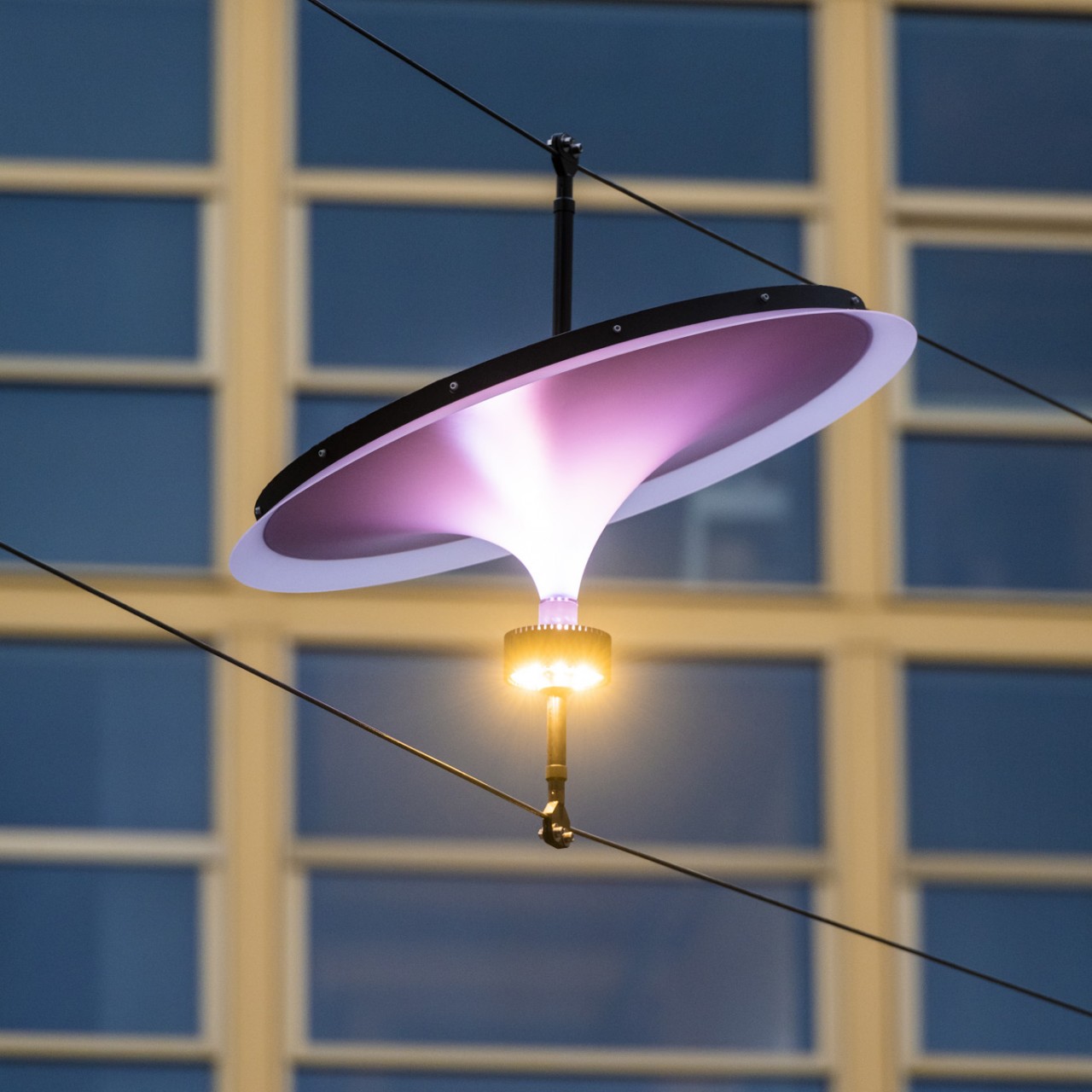
It’s definitely an odd feature, but one that can actually be seen in nature. The sunflower, for example, is famous for how it always faces the sun, a trait that is even more important for solar-powered devices. In this manner, the Sunseeker lights can move where the sun is, ensuring that it will always be at peak performance when the day star finally sets.
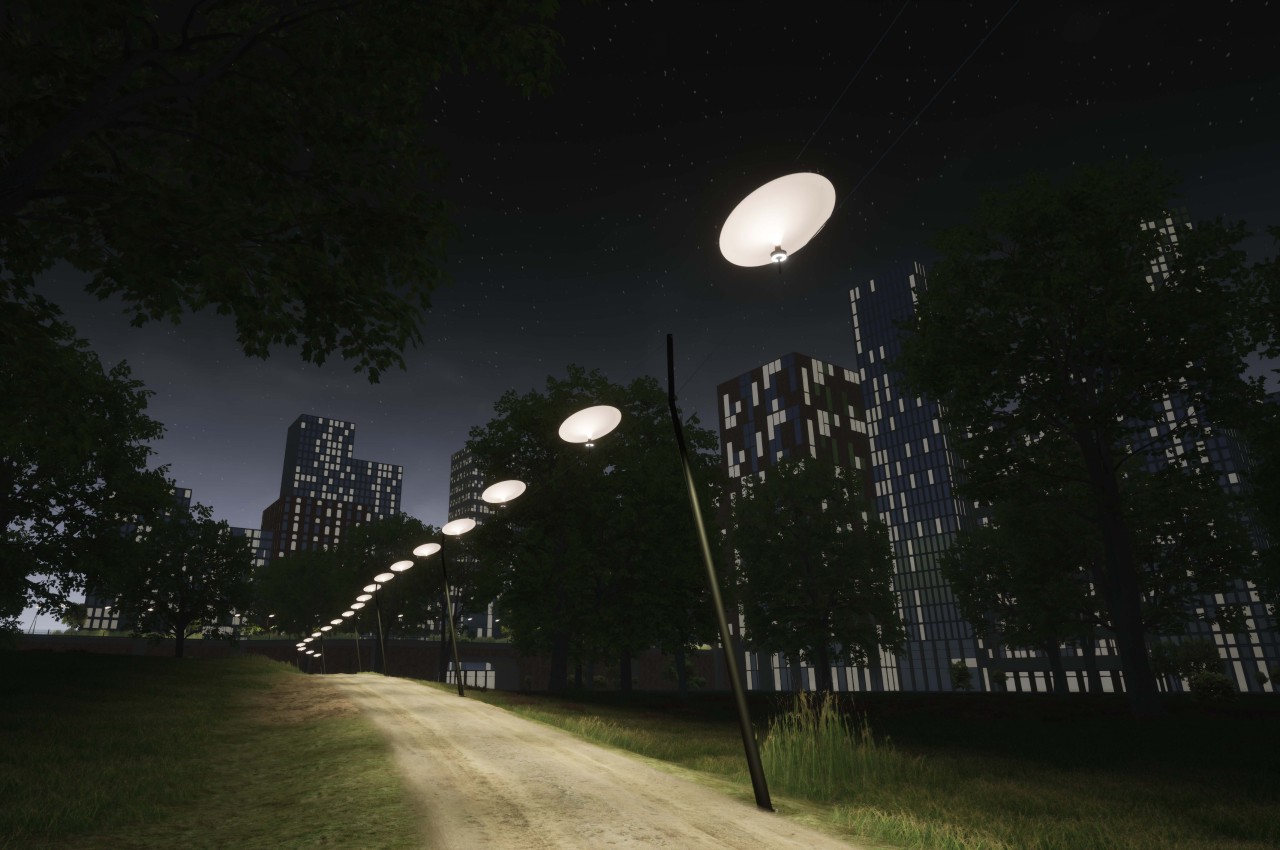
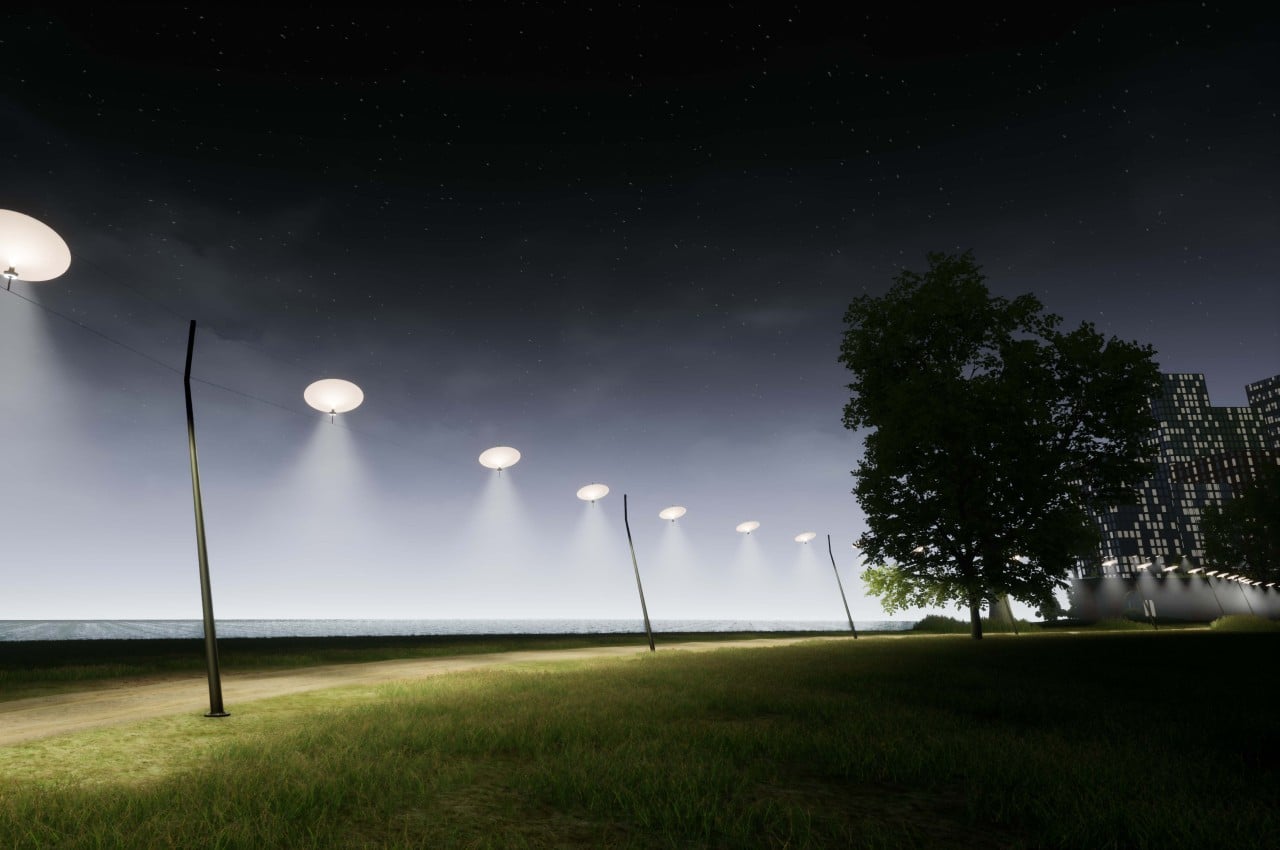
In addition to implementing a critical function, this sun-seeking behavior puts a playful spin on the lamps, pun intended. Crowds can be amazed and entertained as the circular panels slowly move and spin to match the direction of the sun. But even when they’re staying still, the lamps exude a character that is almost otherworldly, especially with how they look like a fleet of tiny UFOs lining up in the night sky.
